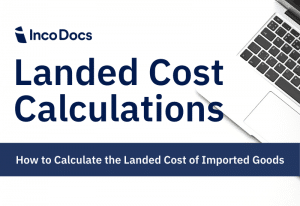In a significant move impacting global trade, Maersk, the Danish shipping giant, has announced a mandatory $1,000 surcharge per container for shipments heading to US and Canadian ports starting from March 2, 2024. This rate hike applies universally to all cargo types originating from India and West Asia, sparking widespread concern among shippers about the potential ripple effects on trade dynamics.
This decision comes against the backdrop of the ongoing Red Sea Crisis, which has already been causing considerable delays for cargoes destined for the US. Shippers fear that Maersk’s move may set a precedent, prompting other shipping lines to escalate their fees, especially since the detour via the Cape of Good Hope adds an extra 15 days to the Asia-to-Europe-to-US route.
In December 2023, CMA CGM, another shipping behemoth, drastically increased its freight rates, with the Freight All Kinds (FAK) rate soaring to $4,750 per TEU, a significant jump from the previous $1,000. Maersk’s decision to unify the surcharge across all container sizes is a departure from the norm, raising concerns among freight forwarders about the impact on costs, particularly for suppliers operating on a Free On Board (FOB) basis, where freight charges are typically negotiated in India.
The Red Sea Crisis has also had a profound effect on Indian exporters, with the extended journey around the Cape of Good Hope incurring additional time and costs. The surge in operational expenses, estimated at $1 million per detour, translates into an $18 million increase per vessel, highlighting the strategic and economic implications of regional instabilities on global shipping routes. As the industry grapples with these challenges, the root cause remains a lack of national capacity, underscoring the critical importance of the Red Sea as a linchpin in international trade.








